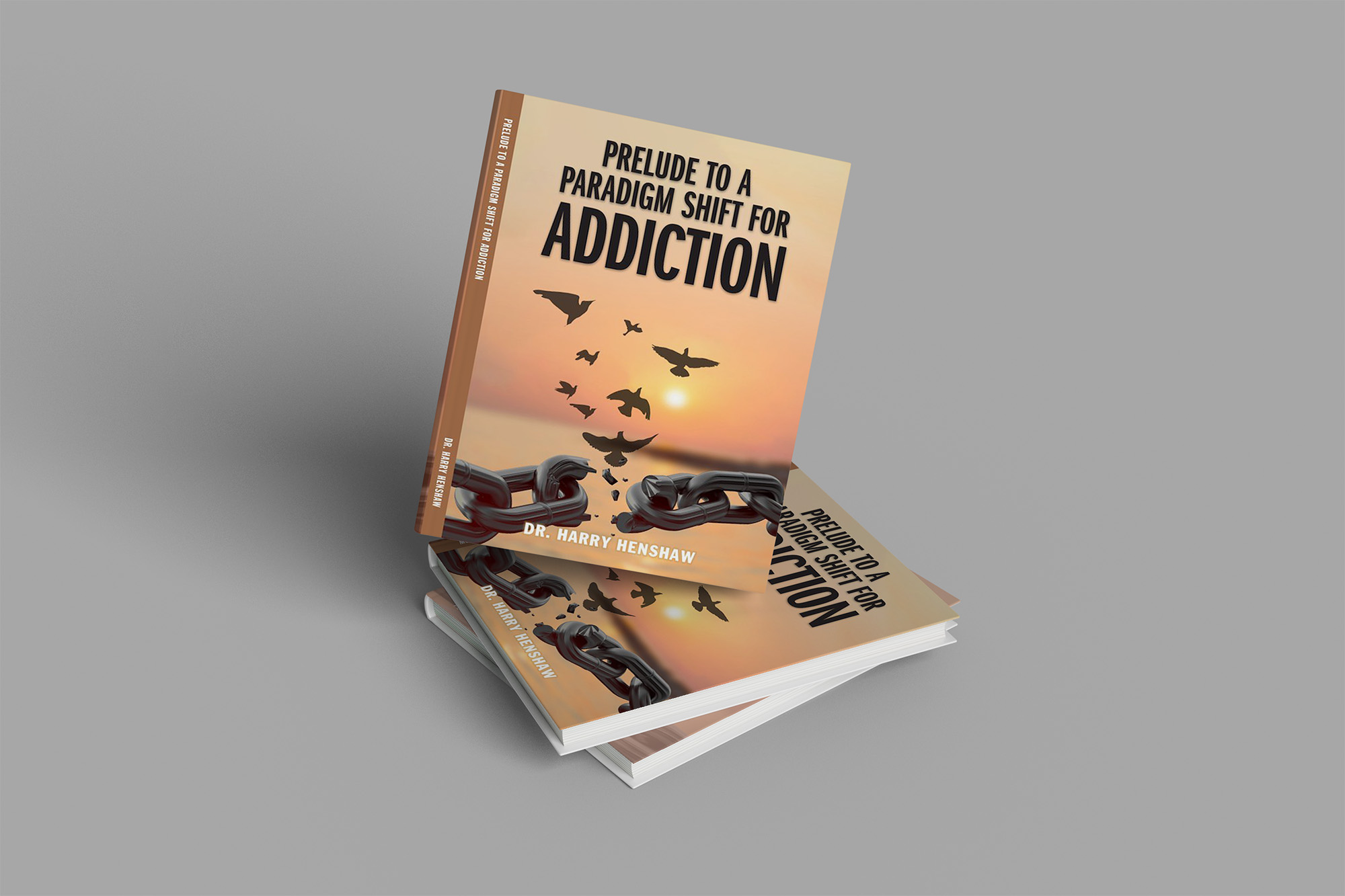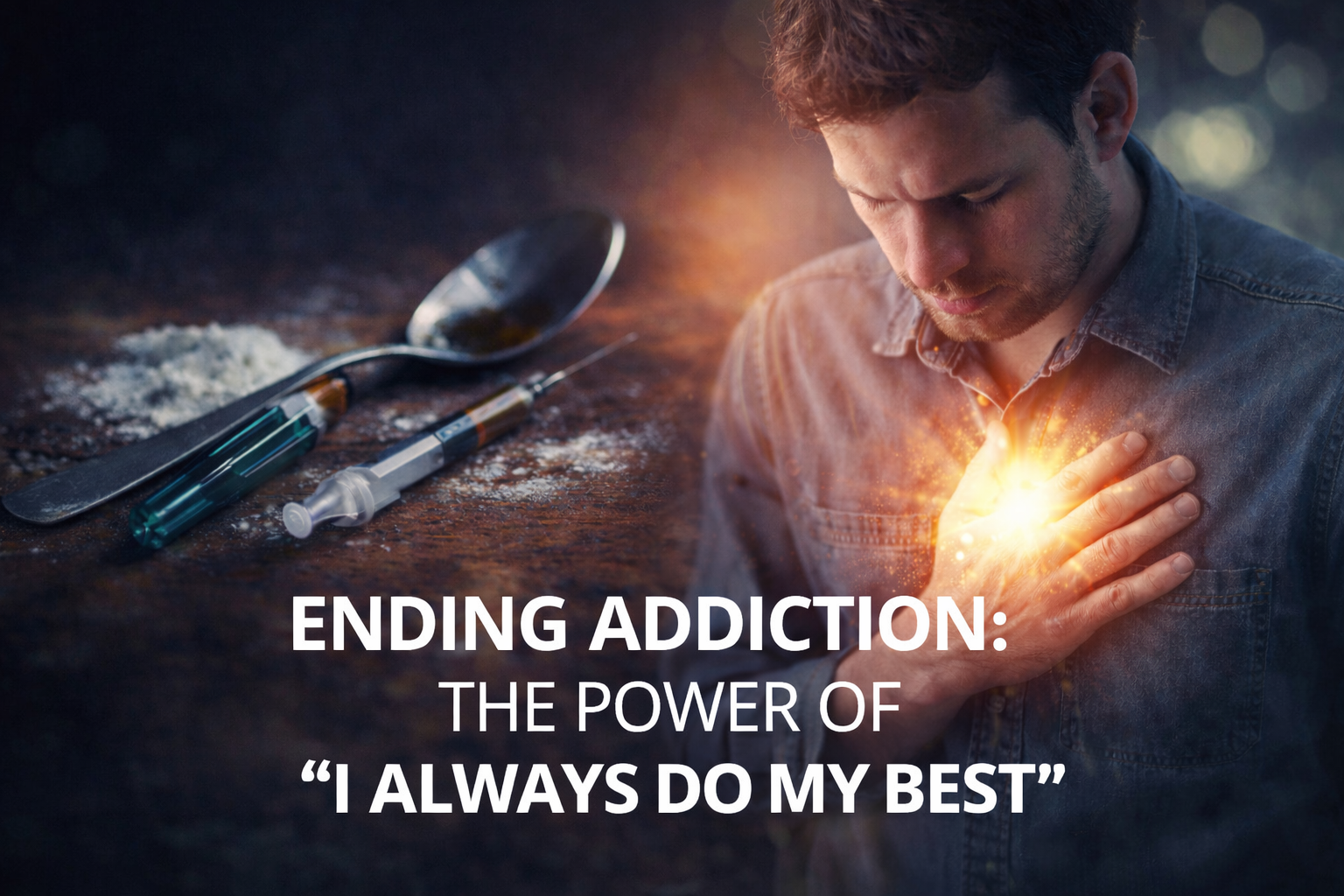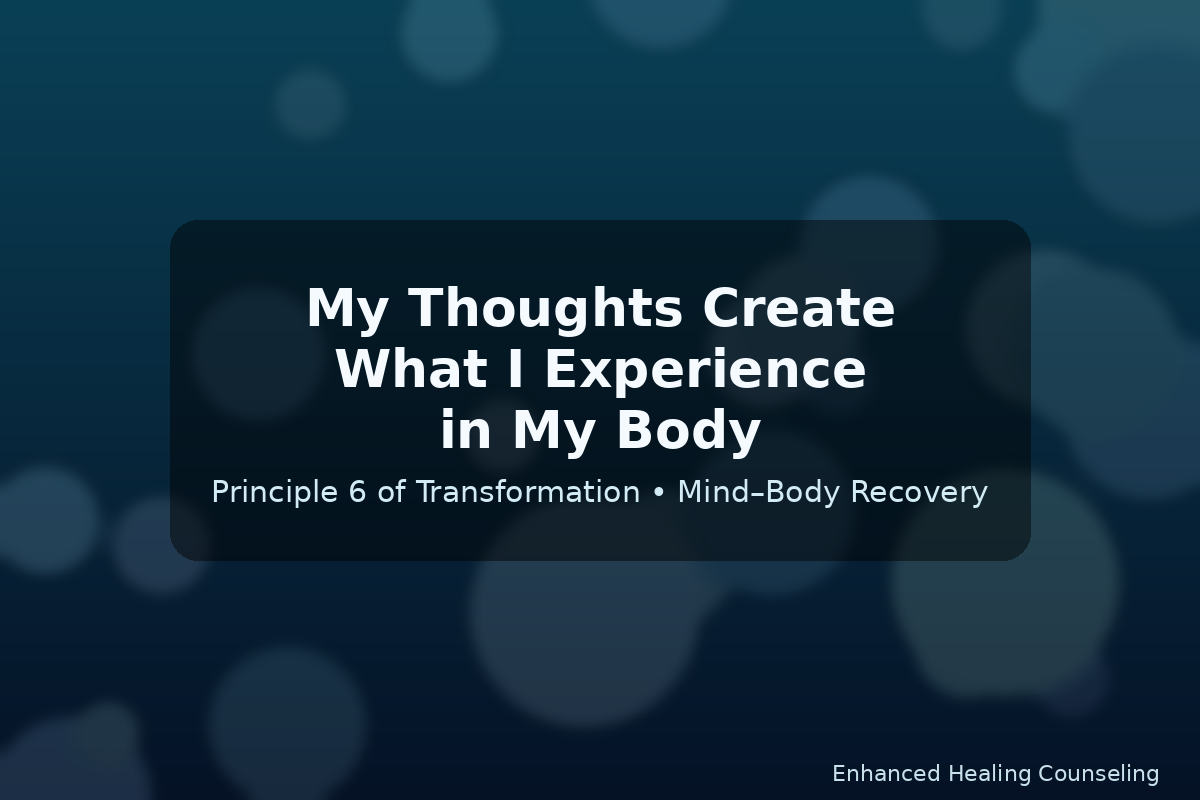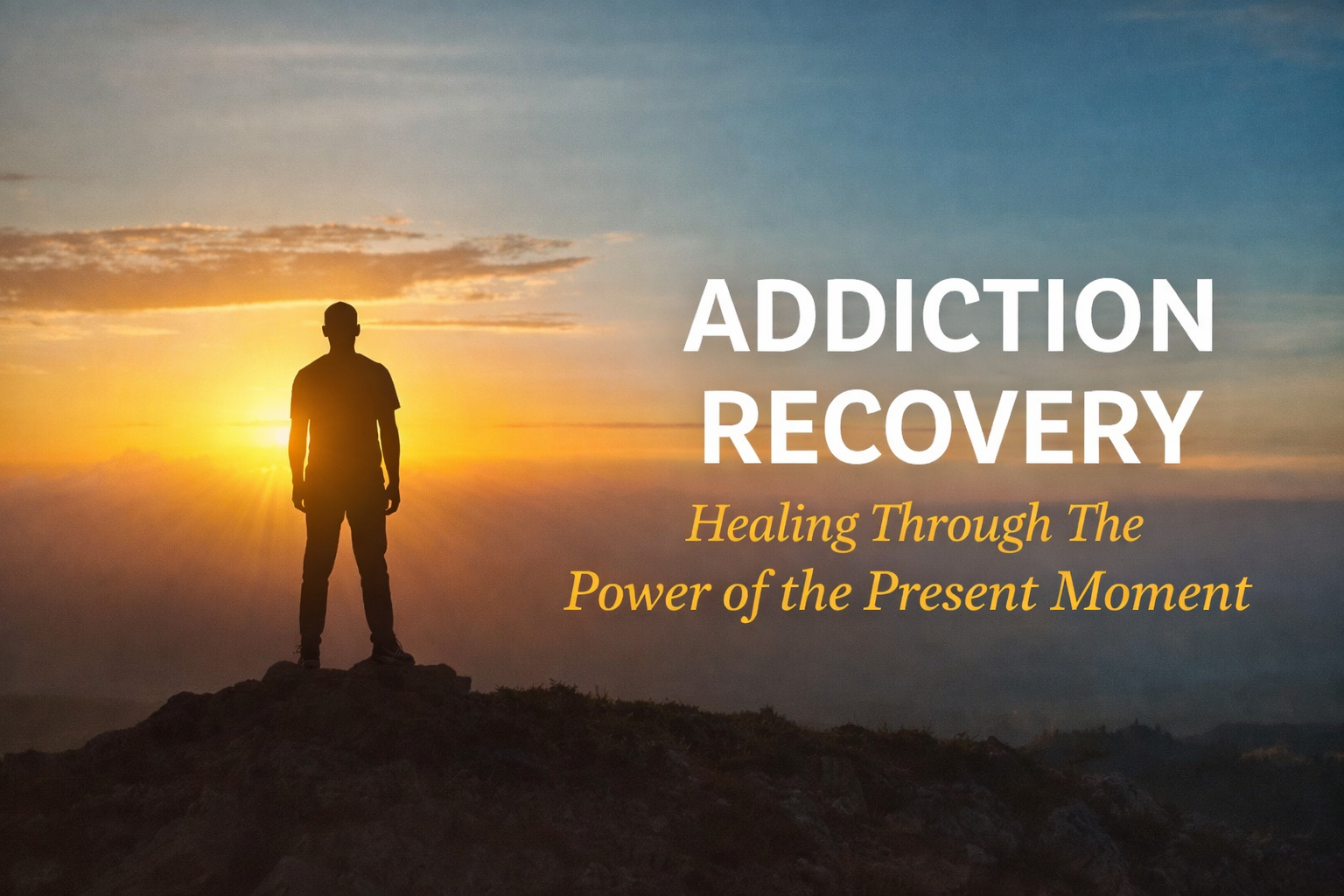Table of Contents
Introduction: A New Hope for Addiction Recovery
For decades, individuals struggling with drug and alcohol addiction have turned to traditional recovery models, especially the 12-Step program, for help. While these methods have provided structure and community for many, they often fall short of addressing the deep psychological roots of addiction—namely, self-hate, unworthiness, unresolved trauma, and negative belief systems.
Louise Hay’s groundbreaking book The Power Is Within You offers a profoundly different path: one of self-love, personal responsibility, and inner transformation. Rooted in affirmations, spiritual insight, and emotional healing, her message speaks directly to those who feel lost, broken, or powerless. For individuals suffering from addiction, The Power Is Within You can serve not just as a supportive text, but as a catalyst for lasting, holistic recovery.
In this article, we will explore how Hay’s principles can benefit individuals facing substance use disorders, contrast her teachings with the 12-Step philosophy, and outline the transformative tools she offers to empower lasting change.
The Core Message of The Power Is Within You
At the heart of Louise Hay’s book is a radical but simple truth: you already have everything you need to heal within yourself. Hay teaches that the root of all suffering—including addiction—is a lack of self-love and a deep-seated belief in our unworthiness. Rather than viewing addiction as a lifelong disease, she reframes it as a symptom of unresolved emotional pain and negative self-concepts.
Her central ideas include:
- Loving the Self as the Path to Healing
- Thoughts and Beliefs Create Experience
- Forgiveness as Liberation
- Releasing the Past
- Responsibility for Our Inner Dialogue
- The Power of Affirmations
These principles offer a transformative roadmap that moves beyond managing symptoms to fostering deep internal change.
Addiction Through the Lens of Self-Hate
Most individuals battling addiction live with a heavy burden of guilt, shame, and self-loathing. These emotions are rarely addressed in traditional treatment. Instead, the focus is often on abstinence, behavioral control, and identifying as powerless over substances.
Louise Hay directly confronts the inner emotional landscape that drives addiction. She writes:
“Remember, you have been criticizing yourself for years and it hasn’t worked. Try approving of yourself and see what happens.”
This is a revolutionary proposition for someone whose addiction has been fueled by chronic self-hatred. Hay does not define the individual by their addiction. Rather, she helps them uncover the false beliefs that led them there, empowering them to rewrite their internal narrative.
The Role of Affirmations in Transforming Addiction
One of Hay’s most well-known tools is the use of affirmations—positive, present-tense statements designed to replace limiting beliefs. While this may seem simplistic to some, it aligns closely with cognitive-behavioral and neuroplasticity research, which shows that our thoughts shape our brain chemistry and behavioral patterns.
Examples of affirmations beneficial to individuals in recovery include:
- “I am worthy of love and healing.”
- “I am safe to feel my emotions.”
- “I release the need to escape.”
- “I am willing to change.”
- “I forgive myself and let go of the past.”
These affirmations help create a new self-image that is not rooted in trauma or addiction but in love, possibility, and empowerment.
A Contrast: Louise Hay vs. The 12-Step Model
While both The Power Is Within You and the 12-Step program aim to support individuals in recovery, they differ in philosophy, tone, and spiritual approach.
- Powerlessness vs. Inner Power
- 12-Step Model: Encourages admitting powerlessness over addiction and relying on a Higher Power for recovery.
- Louise Hay: Asserts that each person holds immense inner power to change their life, and that reclaiming this power is essential to healing.
Contrast: Hay’s model empowers individuals rather than having them surrender to something outside of themselves. Her belief is that healing begins with recognizing our own capacity to choose and grow.
- Disease Model vs. Thought Model
- 12-Step Model: Often adheres to the “disease model” of addiction as an incurable, lifelong condition.
- Louise Hay: Views addiction as the result of unresolved emotions and faulty beliefs that can be healed and transformed.
Contrast: Hay’s approach offers hope for total transformation rather than lifelong management.
- Guilt and Shame vs. Self-Forgiveness and Compassion
- 12-Step Model: Includes confession of “defects of character” and making amends.
- Louise Hay: Encourages deep self-forgiveness and the cultivation of self-compassion as essential to growth.
Contrast: Hay’s approach removes the emphasis on shame and instead focuses on healing the emotional wounds that caused the behavior.
- Group Dependence vs. Individual Empowerment
- 12-Step Model: Relies on group meetings, sponsors, and communal support.
- Louise Hay: Teaches that lasting healing comes from within and that each person is their own best healer.
Contrast: While Hay acknowledges the value of support, her work emphasizes individual self-empowerment over group dependency.
How The Power Is Within You Heals the Roots of Addiction
Louise Hay offers a holistic, multi-layered pathway for addressing the emotional and spiritual roots of addiction. Here’s how her work translates into healing for someone in recovery:
- Healing Childhood Wounds
Hay frequently discusses how our childhood beliefs shape adult behaviors. Many individuals with substance use disorders experienced trauma, neglect, or abuse early in life. These experiences create the subconscious belief: “I am not enough.”
Hay’s exercises and affirmations guide readers to:
- Identify old wounds
- Acknowledge emotional pain
- Begin the process of healing through love and compassion
- Rewriting the Inner Script
Addiction often acts as a coping mechanism for painful inner dialogue: “I am unlovable,” “I always fail,” “I deserve to suffer.”
Using her method, individuals are encouraged to become aware of these toxic beliefs and begin replacing them with nurturing affirmations. Over time, this reconditioning builds a new identity not centered in shame.
- Releasing the Need for Addiction
Hay suggests that every destructive pattern we hold serves a purpose—often to protect us from feeling pain. She writes:
“When there is a problem, there is not something to do, there is something to know.”
This awareness helps individuals ask: “What emotional need is my addiction fulfilling?” Once understood, they can begin to meet that need in healthier ways, such as through self-care, connection, and spiritual practice.
- Creating a New Vision of the Self
Through mirror work and daily affirmations, readers are invited to construct a new self-image—one rooted in worth, dignity, and power. This new identity becomes the foundation for lasting recovery.
Practical Tools from The Power Is Within You for Recovery
Hay’s book offers a toolkit for transformation that can be integrated into daily recovery practice:
- Mirror Work
Stand in front of a mirror and say:
- “I love you.”
- “You are doing the best you can.”
- “You are healing more and more every day.”
This simple exercise breaks down internal resistance and helps create emotional intimacy with oneself.
- Daily Affirmation Practice
Write 5 affirmations each morning related to recovery and healing. Repeat them throughout the day. Examples:
- “I am free from my past.”
- “I treat myself with kindness.”
- “I choose to live fully and joyfully.”
- Forgiveness Journaling
Write letters of forgiveness to yourself, others, and even to substances. This clears emotional blocks and creates peace.
- Visualization and Meditation
Visualize yourself living a healthy, joyful life free from addiction. See yourself as whole and vibrant. This builds neural pathways that support your new reality.
Why Louise Hay’s Work Matters in Today’s Recovery Landscape
The addiction treatment industry is undergoing a needed transformation. More professionals and individuals are recognizing that recovery is not just about abstinence—it’s about identity, emotional healing, and inner peace.
The Power Is Within You provides a missing link for many: the invitation to heal the core wounds of self-rejection and build a life grounded in self-love. Her work can serve as an essential complement—or alternative—to traditional programs.
In many ways, Louise Hay was ahead of her time. Today’s trauma-informed, holistic approaches to recovery echo the ideas she introduced decades ago: healing is not just possible—it is inevitable when we learn to love ourselves.
Final Thoughts: Recovery Begins With Self-Love
The traditional addiction treatment model, including the 12-Step program, has played a critical role in helping individuals achieve sobriety. However, for many, it does not go far enough in addressing the emotional and spiritual wounds at the root of addiction.
Louise Hay’s The Power Is Within You offers a deeply compassionate and empowering alternative. It does not ask individuals to see themselves as powerless, broken, or diseased. Instead, it asks them to remember who they truly are: whole, worthy, and infinitely capable of healing.
In a world where addiction often stems from inner despair, Hay’s message is revolutionary: love is the medicine. And that love must begin within.
Dr. Harry Henshaw
Enhanced Healing Counseling Music

Get Free from Addiction!
Discover a groundbreaking perspective on addiction recovery. Click below to buy Prelude to a Paradigm Shift for Addiction and explore innovative solutions to transform the way we understand and treat substance use disorders.
About Enhanced Healing
Enhanced Healing Counseling specializes in addiction recovery, mental health, and self-esteem support. Offering online and in-person services, we empower individuals to transform their lives with personalized care and proven therapeutic methods.




